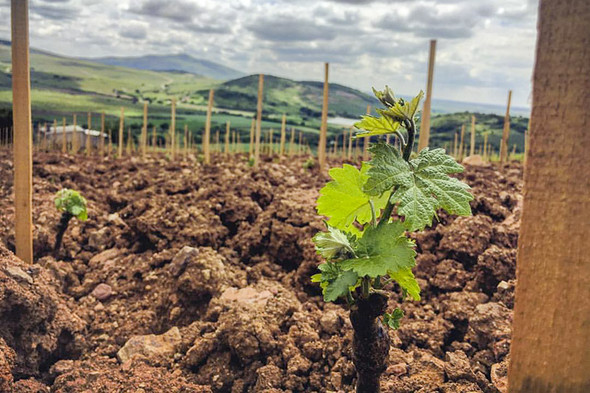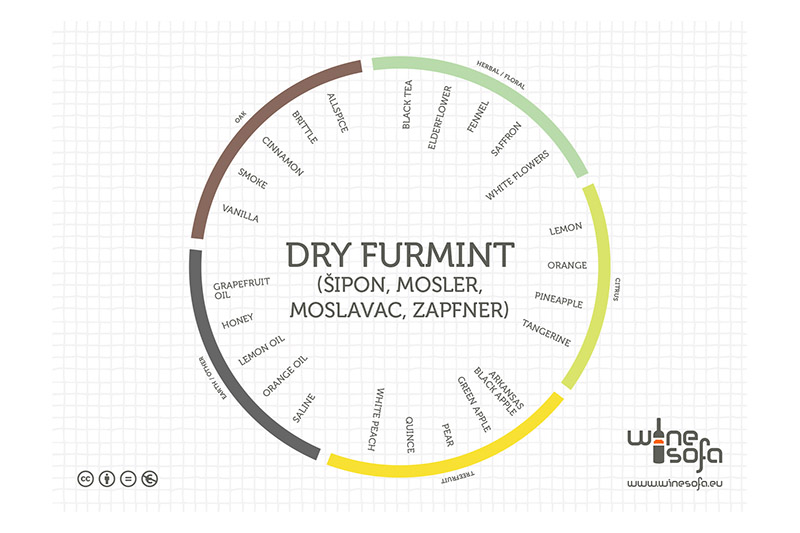Photo by István Balassa
In the second issue in 1846 of Honderű, a literary, arts and fashion magazine János Farkas writes about Tokaj-Hegyalja in his teaser:
On a scenic May morning, the first rays of the rising sun gilded the Tokaj hilltop where I was resting and feasting my eyes on the vast plain. In the farthest reaches my eyes can behold glittering waters emerged everywhere and I saw the sun rising up from the flooding waters of Tisza and my eyes got lost in admiration for the miles-long width of the river.
This is only one of the many quotes that have some links with Tokaj and that could be listed through pages and cited for hours. But does Tokaj really mean only these texts or, more directly asking, is Tokaj merely about its past?
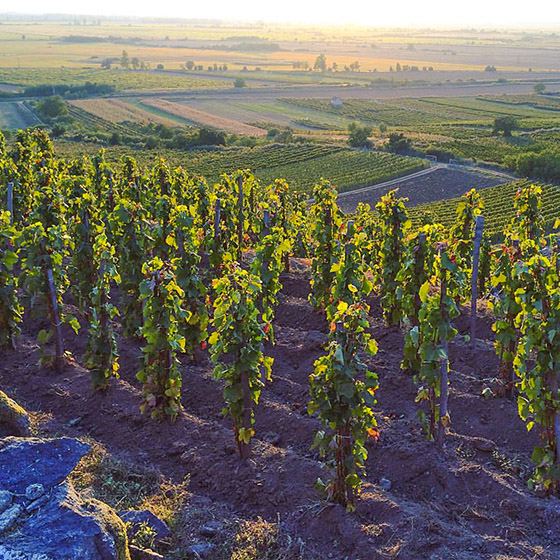
Photo by László Szilágyi
If you have ever been to Portugal, then you surely know that the downtown of either Lisbon or Porto is scattered with wine shops with their windows crammed with old vintage Port wines. 1802, 1845, 1906, 1964, 1992, but the real sensation is that there are no missing vintages. And tourists are enthusiastic about buying wines from their great-grandfather’s birth year, the year of their grandmother’s confirmation or from other vintages that remind them to their own or their children’s graduation. Buying wines from the year of our children’s birth and putting those bottles away until their wedding has become customary also in Hungary but sadly, the Soviet military had thoroughly cleaned the cellars in 1944-45, so it is hard to find vintages older than that. Yet, if you happen to find one, such as items from Oremus or the old Tokaj Kereskedőház, do not hesitate to open those bottles. I am sure that those who made these wines meant them to be poured in bottles and not to be put on shelves!
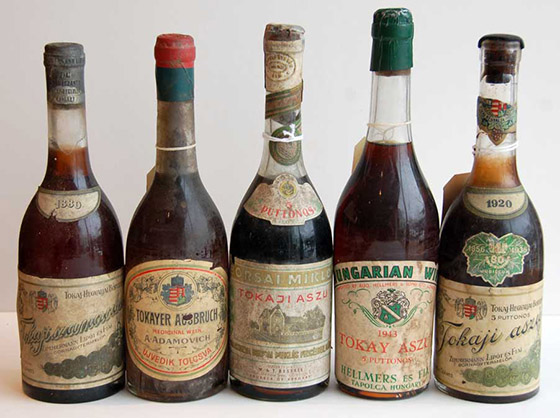
Photo by Finest&Rarest
“And let nectar’s silver rain Ripen grapes of Tokaj soon”
The national anthem of Hungary names two geographical regions, namely Tokaj and Kunság (Great Hungarian Plain). However, a recently emerging legend has it that the manuscript of the poet, Ferenc Kölcsey initially contained Ménes (nowadays Minis in Romania) instead of Tokaj but this is just a mere supposition as there is no written evidence to support it. But, then why Tokaj? Let’s leave the map alone and take a look at the great wild world. One thing is for sure, if we consider the possible climatic boundaries of viticulture and wine making, then the oldest wine regions should be looked for in the Middle-East and Europe. At the time being, the original homeland of wine making and the development of wine grapes is considered to be potentially located in the central regions of Turkey or on the southern slopes of the Caucasus Mountains, on the area of today’s Georgia.
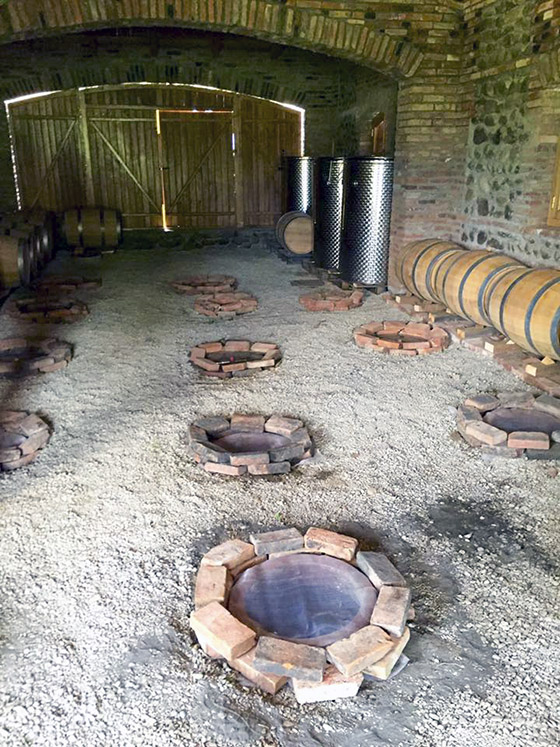
Photo by Daniel Ercsey
It is also known that later on grape and the culture associated with it reached the Mediterranean areas on boats with the help of the Greeks, but only few people are engaged in researching how the same knowledge and the grape varieties were spread afterwards by the nomadic people of the northern steppes. But beyond the wine making and wine consumption habits of the Greeks, the Persians and the Romans, we should not forget that the history of Europe as we know it today, basically, began with the Kingdom of the Franks when the Roman Empire, at least its western part, had already vanished thanks to the Goths. By that time the landscape was heavily burdened/ richly decorated with vine-stocks by the Roman legions which was further improved by the communion wine demand of the Catholic Church that gained greater strength under Charlemagne’s rule. Later the Hungarians also arrived and the name of the first legendary wine region in contemporary Europe appeared. Nope, it was not Tokaj, but Szerémség (Syrmia).
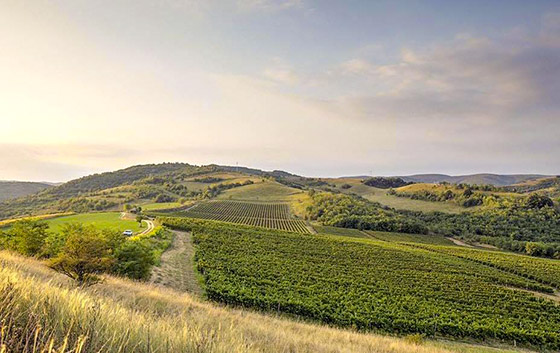
Photo by Mirko Nahmijas
If your wish, you can still taste the wines of Syrmia but you have to travel to Serbia and look for the Fruška Gora mountains on the map. But before you ask, neither the taste nor any other characteristics of the Syrmian wines today live up to the ancient legends. First because in the medieval ages the wines of Syrmia gained fame for a single feature: their sweetness. Its transportation on the Danube allowed for the whole of Europe to get acquainted with these wines, however the largest scale buyers were the merchants in Szeged and, through, them the Polish. Bad luck though, Syrmia began to gradually decline because of sustained Turkish attacks. The following sentence attributed to King Vladislaus II of Hungary gives a good indication of how it was perceived at the time: „Now, we will have to endure great misery, as Szerém is lost, we are compelled to drink Tokaji.” This, however, does not mean that there were problems with the quality of the Tokaj wines, on the contrary. Already a hundred years ago, the Tokaj wines, together with those from Syrmia, had begun to earn their place on the tables of the monarchs of the era. It was owing to the Turkish pillages that large numbers of viticulturists and winegrowers began to move to Tokaj-Hegyalja to continue there with their craft.
This is where the idea (one of the three theories), namely that the grape variety, Furmint got to Tokaj from the Tarcal Mountains in Syrmia (the old Hungarian name of Fruška Gora), is originated. (According to the second theory, Latin speaking viticulturists who settled in Tokaj-Hegyalja after the Tatar invasion, brought this variety with them, while the third says that it is an indigenous variety of Tokaj.) So, the time for Tokaj has come.
Máté Laczkó of Szepsi
According to a firmly established legend, Máté Laczkó (1576-1633), who was born in Szepsi and served as a minister of the Reformed Church in Erdőbénye, was the first to make Tokaji (or Aszú in Hungarian) and he made it for Princess consort Susanna Lorantffy in 1631 or, according to other sources, in 1651. This latter, seems to be, not a bit, absurd as by that time Máté Laczkó had long passed away, while Susanna Lorantffy had moved to Gyulafehérvár (today Alba Iulia in Romania) in 1633. But since then, it also turned out that the Tokaji had been known for a long time before, as the last will and testament, dated in 1571, of one of the members of the Garay family provides for the distribution of Tokaji wines among the heirs and historian Kornél Nagy also found an even earlier, though indirect, evidence in the accounting books of 1534 of Bártfa, a free royal city.
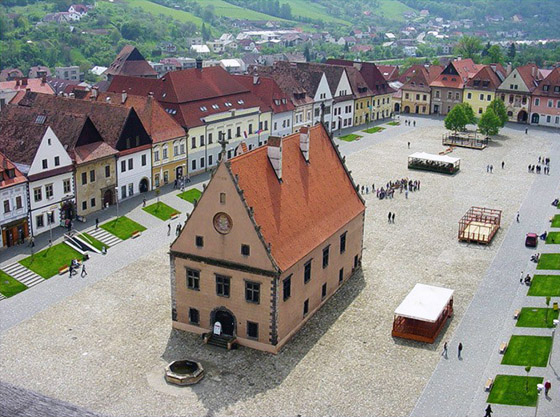
Photo by travelguide.sk
According to this, in the given year one barrel of máslás wine was made from the harvest of the vineyards of the town owned around the market towns Abaújszántó and Tállya; máslás being a sort of a “by-product” of Tokaji making and a special wine in itself. But let’s get back to Máté Laczkó about whom a new legend began to grow after having discovered all this information. The legend goes that he was the first to write down the process of making Tokaji as we do it today. Unfortunately, this is not true either as is pointed out by István Zelenák in his book Szepsi Laczkó Máté és a Tokaji Aszú (Máté Laczkó of Szepsi and the History of Tokaji Aszú). No manuscripts associated with the priest that would even just mention the Tokaji have ever been found. What we know for sure from the records of posterity is simply that Máté Laczkó of Szepsi did make aszú wine (but we do not know what was it like) and did present it to Susanna Lorantffy. Yet, the legend of Máté Laczkó of Szepsi took roots so deep in the Tokaj folklore that the idea of him being the first to make Tokaji will likely hold on for at least another century.
You can read more about Tokaj in the second part of this article.



